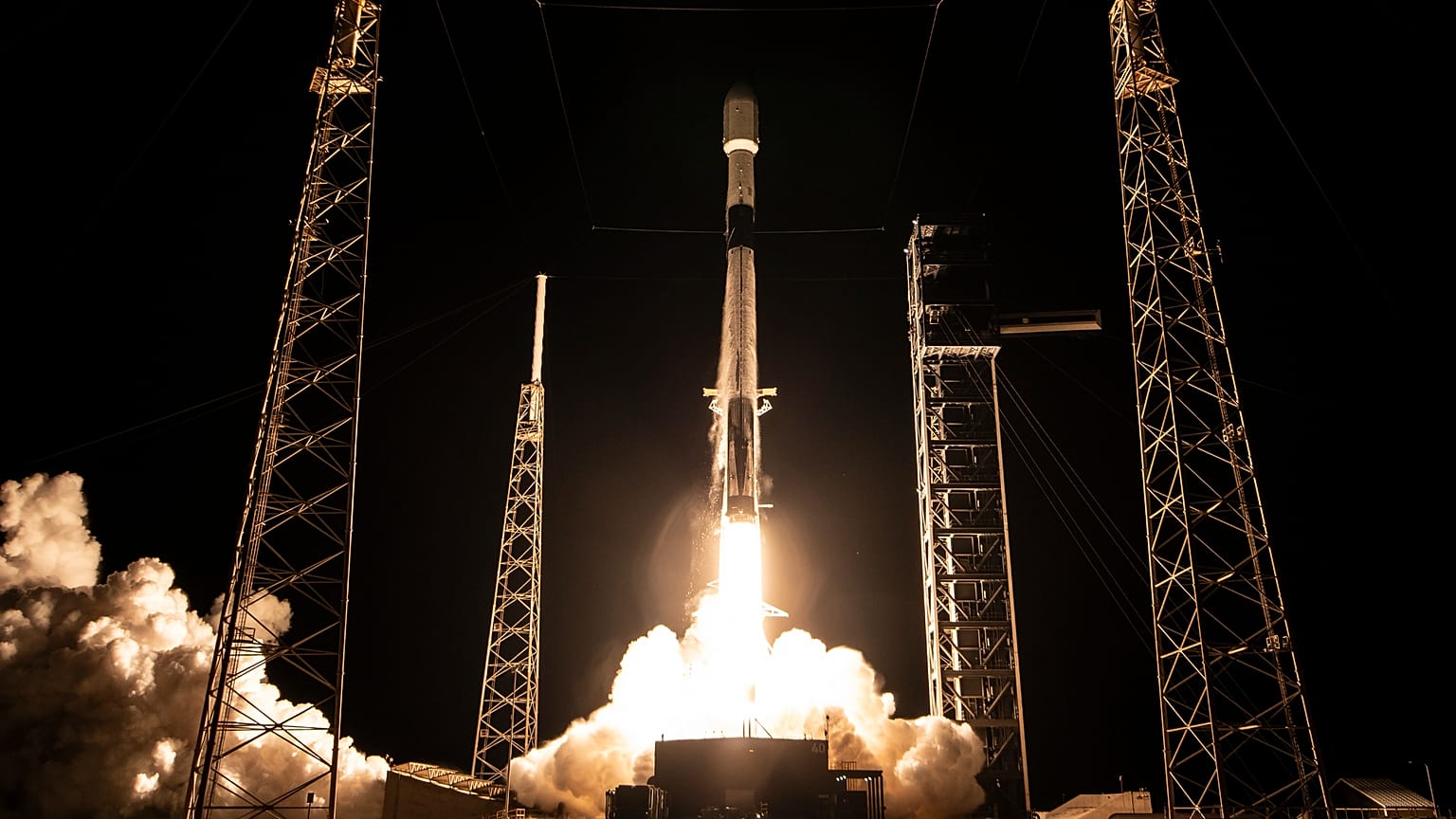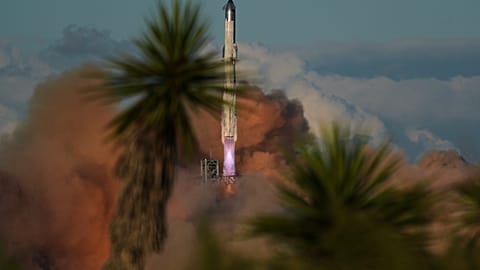The SpainSat NG II satellite successfully took off from Cape Canaveral aboard a SpaceX Falcon 9. With it, Spain completes its SPAINSAT NG secure communications programme and reinforces its role as a technological and strategic reference in space.
The SpainSat NG II secure communications satellite took off on Friday from the Cape Canaveral base in Florida (USA) aboard a SpaceX Falcon 9 rocket, after a slight technical delay.
Its launch into orbit marks a new milestone in the Spanish space race, completing the SPAINSAT NG Programme constellation, considered the most ambitious space project in the country's history due to its complexity and the extensive participation of Spanish industry.
A large Spanish delegation made up of representatives from the Ministry of Defence, the Armed Forces, Hisdesat, the company that owns and operates the satellite, and companies from the aerospace sector, responsible for more than 45 per cent of the industrial development of the device, travelled to the launch centre.
Airbus, which built SpainSat NG-II, said in a press release the launch of this second satellite "completes the SpainSat NG programme, the most ambitious space project in Spain's history and the most advanced government communications system in Europe".
The launch, initially scheduled for Thursday, was postponed for a day due to a technical problem with the rocket. SpaceX repaired a damaged safety system cable in time, allowing the schedule to remain on schedule with only a 24-hour delay.
At more than six tonnes in weight and 7.3 metres high, SpainSat NG II is among the world's most advanced communications satellites. It offers secure and resilient capabilities for the Spanish Armed Forces, NATO, the European Commission and allied countries.
According to Hisdesat's CEO, Miguel Ángel García Primo, the satellite has passed all the pre-flight tests. After its launch, it will travel for five to six months until it reaches its geostationary position, some 36,000 kilometres from Earth.
SpainSat NG II is the 'twin' of SpainSat NG I, launched last January. Together they will form a constellation covering nearly two-thirds of the planet, from the Americas to Asia, including Europe, Africa and the Middle East.
Both satellites incorporate pioneering technologies: state-of-the-art antennas, protection systems against interference and cyberattacks, and reinforced shields against nuclear phenomena in the upper atmosphere.
With this mission, Spain consolidates its technological sovereignty and strengthens Europe's strategic autonomy in secure satellite communications, placing it among the global leaders in the aerospace sector.


















